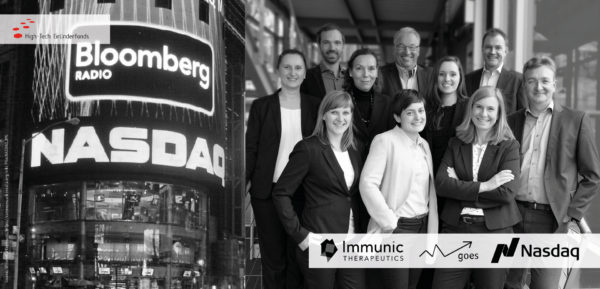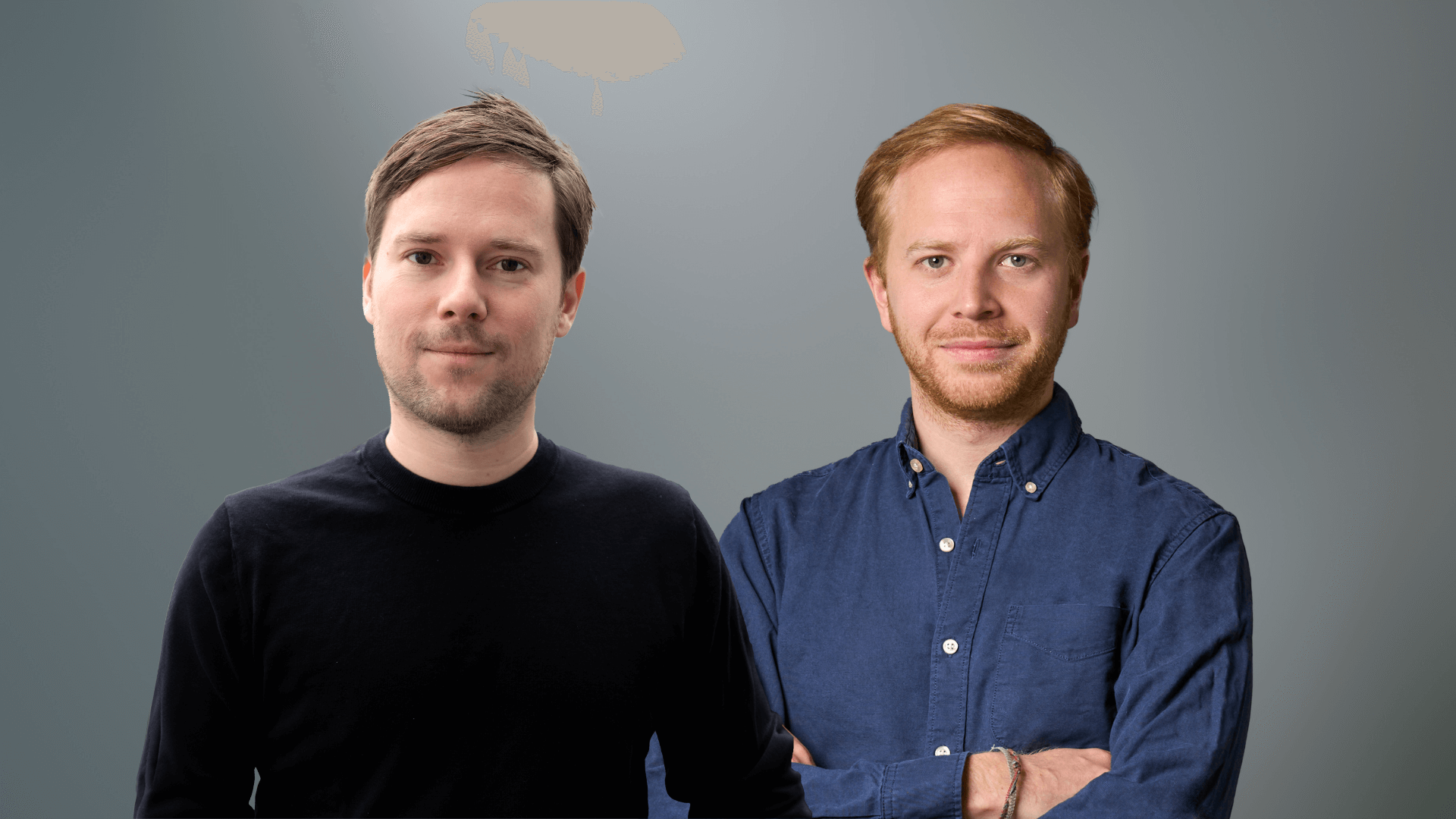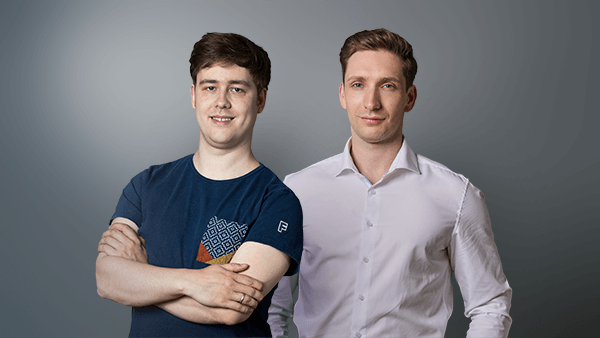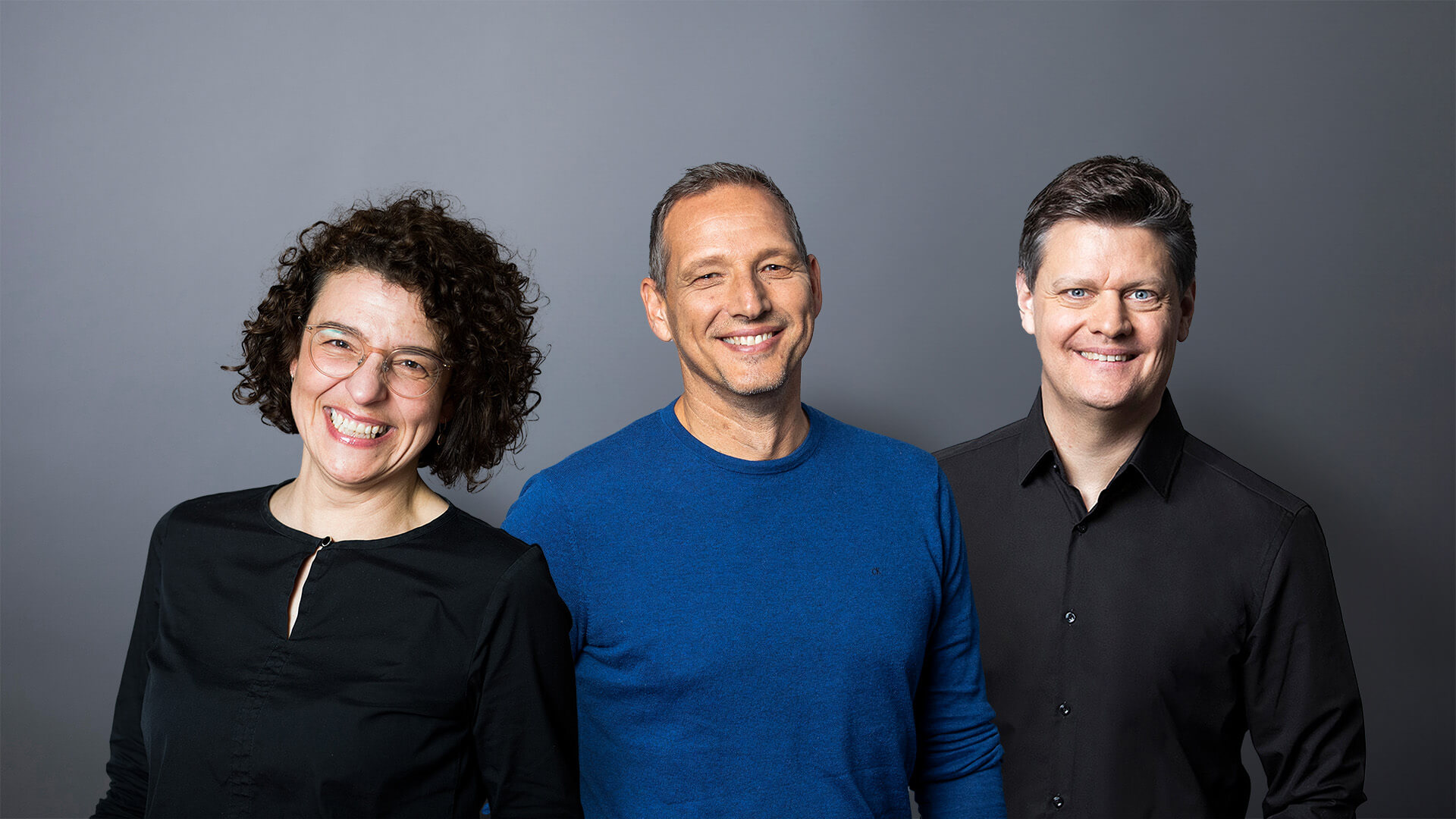The Gap in the Value Chain of Funding Start-ups is Moving Forward

This is what usually happens. You take your car and go to the Mediterranean for your holidays. You prepare everything but you don’t think about the fuel your car needs to reach your destination. Although it’s clear that your car needs additional fuel on the way, you are sure to find many stations on your journey offering enough petrol to go as far as you want.
Capital is the fuel start-ups need. However, at the time you found a growth-oriented one, you are aware that you will need further funding at different stages of your company’s development. This is a significant risk. You know neither the next round investors nor whether there are any interested in your idea at all. A well-organized seed investor will opt against providing an initial injection of capital if it does not believe additional investors will be found at further stages of the company’s development. Nobody wants to get stuck in the so-called valley of death. This valley has moved further on. Roughly ten years ago, seed investments were the bottleneck. Some years later, seed capital was available but significant growth investments were difficult to obtain without involving global investors who were not easy to convince. Nowadays, the situation has improved significantly. Start-ups dealing with technology-driven innovations have a good chance of raising money at all stages of their development. Even larger rounds above ten million euros are possible. However, from the individual start-up’s point of view, gaining access to the right investors remains highly challenging.

To watch the video, click on the picture
That’s why we recommend choosing the right seed investors as partners if you are not acquainted with the appropriate investors yourself. A good seed investor provides access to others. The market is not transparent at all. You can’t get access to high net worth individuals, corporates or international venture funds easily. In addition, you have to be well trained, because the investor pitch is different to a sales pitch. Above all, it’s about trust in the team. With a view to additional financing rounds, make sure that your investors have the capability to invest further down the line. Action in the form of capital from your shareholders will prove much better than words.
The current funding situation seems to be great. We see pretty large seed rounds above 10 million euros in the drug development sector and extraordinarily huge amounts invested in deep tech- and software unicorns. It is not only the Vision Fund investing in AUTO1 or Get Your Guide turning them into leading lights in the European ecosystem for start-ups. There are many significant financing rounds taking place. The HTGF portfolio companies for instance were able to close more than 120 follow-on financing rounds with a volume of around 400 million EUROs in 2018 alone. Almost all start-ups were able to raise sufficient capital for their growth.
However, the situation varies from sector to sector. If you want to drive your electric car to the Mediterranean, you will carefully consider charging stations on the way. You might even change your destination due to the lack of charging facilities. So, if you start your company in the chemical sector, you will probably face significant funding problems when scaling up your pilot plant to a demonstration plant or up to industrial standard. Those types of investment are regarded as unsexy. For those kind of sectors, highly specific investment funds are needed. Those funds need to be qualified investors contributing money that also have expertise and a network with other investors who might join syndicates.
However, all the investors need to have attractive exits otherwise they cannot deliver the returns to their fund investors. There are some attractive exits which are very important, but experts still have the impression that there is a bottleneck which has moved to the end of the value chain. Most of the medium-sized and large companies have already learned that they need external innovation to secure their competitiveness in the future. They are increasingly interested in high-tech start-ups, showing little interest in buying them for attractive valuations. Large companies in Germany execute their mergers and acquisitions professionally but focus mainly on profitable revenue-generating companies. Start-ups relying on investors are undervalued by local buyers or in many cases are bought by Americans or Asians paying a premium for good German technology-based companies. To change this situation we need more success stories giving us benchmarks and peers. The best way to find those beacons is on the stock exchange. However, initial public offerings (IPOs) for high-tech start-ups are rare since the European stock exchanges do not offer enough liquidity for tech-IPOs. One reason for this is that we have around 30 stock exchanges in Europe competing with each other to attract liquidity, whereas China and the US just have just two or three of them, therefore enjoying great liquidity and interest in even exotic and technology-driven companies.
At a time when a German biotech start-up valued at around 40 million euros is almost starving on a European stock exchange, the Munich-based biotech company Immunic closed a reverse takeover to get listed on the NASDAQ in April 2019. Immunic will present more clinical data soon, which means that they might have very good prospects of raising further funds for the next stage development of their drugs, each with a market volume above one billion dollars. Obviously, this is a very clever and entrepreneurial transaction coming along with a clear learning: As long as we do not have a strong marketplace for tech start-ups in Europe, we need to connect to other ecosystems more intensively in order to address the remaining bottleneck of the value chain: the exits.


